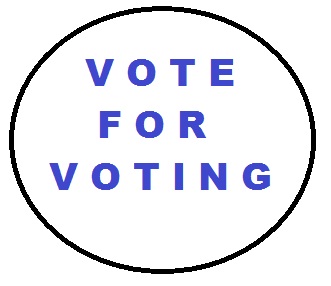
Defining “how we vote”:
1) Which candidate we vote for in an election.
2) The type of technology we use to cast our vote.
In an election year, all the attention in the world gets paid to “how we vote”. That is, whether we vote for a Republican candidate or a Democratic one. Or perhaps whether we vote “yes” or “no” on a referendum. What choices we might likely make with our votes this fall are predicted and discussed by every pundit who can make a dime off of the process.
What about HOW we vote, as in the technology we use to cast our vote?
How much does election technology get discussed during an election year or otherwise? Not much. Not much despite the fact that our voting technology is directly related to our election outcomes.
Sadly, the answer too many citizens will give when asked how they voted in a recent election is “I didn’t”.
Today’s media thrives on its own conventional wisdom. Even those in the media who may talk about conventional wisdom still follow it. This is never more true than with regard to our voting patterns.
Here’s one of the most widely accepted false premises repeated ad nauseum daily:
“A small slice of undecided independent voters will decide the election. Most voters have already made up their mind so the outcome will be decided by this small group”.
The above statement is completely wrong. Undecideds don’t decide elections. Independents don’t decide elections.
In the United States, NO-SHOWS decide elections.
Terms like enthusiasm gap and turnout are more relevant to the outcome of all of our elections than undecideds and independents.
With turnouts in elections that represent less than half of the eligible voters in the country, perhaps we should be focusing A LOT more on the means provided to us to vote (How we vote) than the specific choices made by the few who do vote.
As I discussed in a previous post “Polls, Polls, and Pols”, certain segments of our electorate vote in much greater numbers than the rest of the electorate. Unless that changes, many other things will not change.
Just imagine what changes we could see if younger working voters were represented in our elections the way they should be.
Enter Online Voting.
